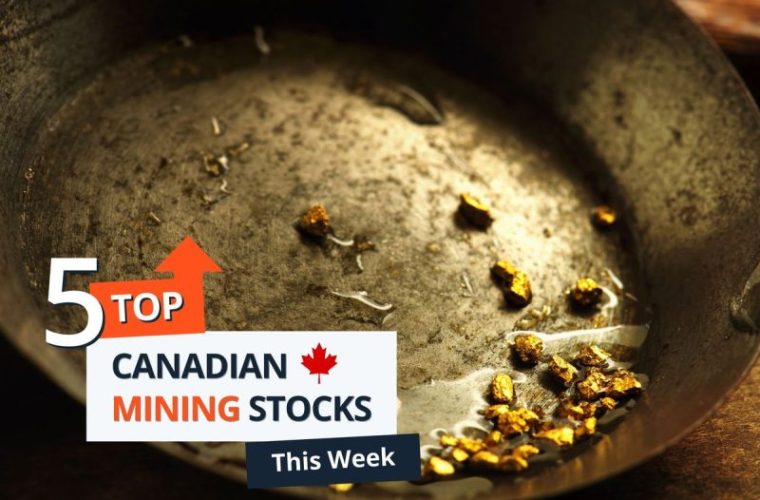
Is Lloyds’ share price too cheap to ignore? Here’s what the charts say!

Investor appetite for UK banking stocks has weakened since the start of 2023. The 8% drop in Lloyds Banking Group’s (LSE:LLOY) share price during the past eight-and-a-half months underlines how these cyclical businesses have fallen out of fashion.
Lloyds shares look incredibly cheap at current levels of 42.6p. But just how cheap are they, and could this be a great buying opportunity for value investors?
P/E ratio
The first thing to look at is the company’s price-to-earnings (P/E) ratio. At the moment it trades on a forward-looking earnings multiple of 5.6 times. This is far below an average of 14 times for FTSE 100 shares.
However, Lloyds shares don’t look especially cheap compared with banks that also focus on the UK. Barclays, for example, trades on a ratio of 4.4 times forward earnings. NatWest sits on a P/E ratio of 5 times.
It’s worth mentioning that Lloyds trades more cheaply than HSBC and Standard Chartered though. These operators trade on P/E ratios of 6 times and 7.1 times respectively for 2023.
Some would argue though, that these firms deserve a higher rating due to their focus on Asia and Africa. A combination of low product penetration and faster GDP growth compared with Britain give them the chance to deliver far superior long-term earnings growth.
P/B ratio
Another way to evaluate the cheapness of Lloyds shares is to consider its price-to-book (P/B) value compared to other banks. This reveals how well the firm is in relation to the value of its assets. Like the P/E ratio, the lower the reading the better.

As the chart shows, Lloyds trades on a higher P/B ratio than Standard Chartered, NatWest and Barclays. Only HSBC is more expensive than the Black Horse Bank.
Dividend yields
Finally, it’s worth looking at the value different banks offer when it comes to dividends. As the chart below shows, each of the FTSE 100 banks (bar Standard Chartered) have forward-looking dividend yields that beat the 3.7% FTSE average.

On this front, Lloyds looks very attractive. Its dividend yield for 2023 is beaten only by NatWest.
Should I buy Lloyds shares?
On balance, the bank doesn’t seem that cheap compared with its industry rivals. But its low P/E ratio and large dividend yield might suggest it’s great value in contrast to the broader FTSE 100.
However, it’s my opinion that Lloyds’ share price is deserving of a lower rating than most other blue-chip shares. That’s even though stubbornly high inflation means UK interest rates are tipped to keep rising, boosting the profits the bank makes on its lending activities.
Not only does the company face a steady flow of heavy loan impairments as the cost-of-living crisis endures. A gloomy outlook for the British economy for the next few years at least suggests a prolonged period of weak revenues growth.
Finally, Lloyds — like Barclays, NatWest and other industry heavyweights — faces mounting competition from challenger banks that threaten future income. All things considered, I’d rather find other FTSE 100 value stocks to buy.
The post Is Lloyds’ share price too cheap to ignore? Here’s what the charts say! appeared first on The Motley Fool UK.
Don’t miss this top growth pick for the ‘cost of living crisis’
While the media raves about Google and Amazon, this lesser-known stock has quietly grown 880% – with a:
- Greater than 20X increase in margins
- Nearly 60% compounded revenue growth over 5 years – more than Apple, Amazon and Google!
- A 3,000% earnings explosion
Of course, past performance is no guarantee of future results. However, we think it’s stronger now than ever before. Amazingly, you may never have heard of this company.
Yet there’s a 1-in-3 chance you’ve used one of its 250 brands. Many are household names with millions of monthly website visitors, and that often help consumers compare items, shop around and save.
Now, as the ‘cost of living crisis’ bites, we believe its influence could soar. And that might bring imminent new gains to investors who’re in position today. So please, don’t leave without your FREE report, ‘One Top Growth Stock from The Motley Fool’.
Claim your FREE copy now
setButtonColorDefaults(“#5FA85D”, ‘background’, ‘#5FA85D’);
setButtonColorDefaults(“#43A24A”, ‘border-color’, ‘#43A24A’);
setButtonColorDefaults(“#fff”, ‘color’, ‘#FFFFFF’);
})()
More reading
- These 2 UK dividend shares look cheap! Here’s why I’d buy
- How much could I earn from £1,000 from Lloyds shares over 3 years?
- Quick! 3 incredibly cheap shares investors should consider now
- If I’d put £5k in Lloyds stock 3 years ago, how much passive income would I have now?
- 9 shares that Fools have been buying!
HSBC Holdings is an advertising partner of The Ascent, a Motley Fool company. Royston Wild has no position in any of the shares mentioned. The Motley Fool UK has recommended Barclays Plc, HSBC Holdings, Lloyds Banking Group Plc, and Standard Chartered Plc. Views expressed on the companies mentioned in this article are those of the writer and therefore may differ from the official recommendations we make in our subscription services such as Share Advisor, Hidden Winners and Pro. Here at The Motley Fool we believe that considering a diverse range of insights makes us better investors.




